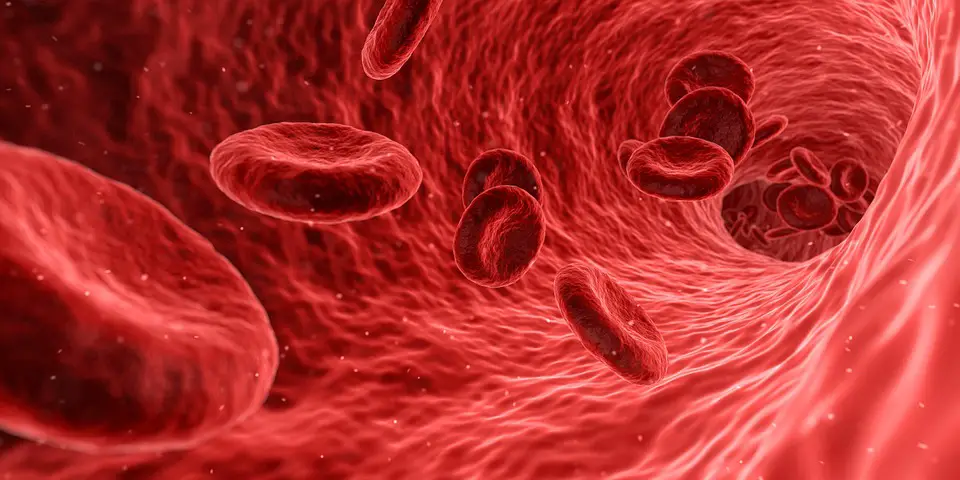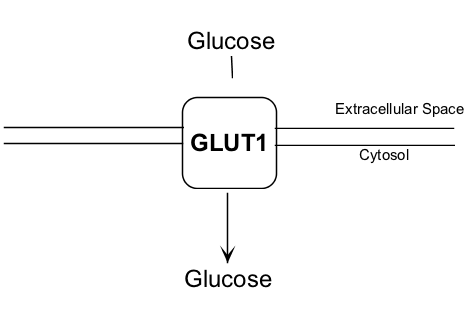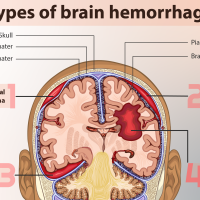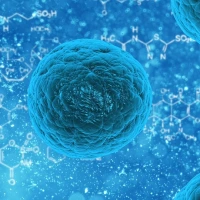Why is Glucose Important for Red Blood Cells? How is glucose transported in the blood?
Red blood cells do not have mitochondria, so they rely exclusively on glycolysis and glucose for energy. Therefore, glucose is very important for the energetic metabolism of red blood cells, and glucose transporters are vital protein structures for red blood cells to receive extracellular glucose. Glut-1 is the specific glucose transporter that carries glucose into the blood.

How is glucose taken up by red blood cells?
Glucose travels from the intestinal lumen into the intestinal epithelial cells through active transport, and then glucose enters red blood cells through facilitated diffusion. GLUT-1 is one of the major glucose transporters for red blood cells. Red blood cell glucose transporters GLUT-1 are regulated by intracellular ATP and AMP levels. That means red blood cells will take up glucose only depending on how much ATP or AMP they have inside their cells. When the ratio of AMP:ATP is high, that means our blood glucose levels are low. We need more glucose, so GLUT 1 glucose transporter opens and takes up more glucose into the red blood cells.

When the AMP:ATP ratio is high, that means the red blood cells need more glucose to generate more energy and ATP.
- High AMP: ATP
- Intracellular glucose is LOW (we need more glucose inside, ASAP!) = LOW Glycolysis rate
- Glucose Transporter GLUT1 OPENs
When the ATP:AMP ratio is high, that means the red blood cells has lots of glucose inside and has enough energy generated from glycolysis.
- High ATP: AMP
- Intracellular glucose is HIGH (yo, we have enough glucose, NO MORE!) = HIGH Glycolysis rate
- Glucose Transporter GLUT1 CLOSEs

To learn more about other types of glucose transporters such as GLUT and SGLT, their major tissue expressions, and biochemistry, read our lesson here.
Works Cited:
Brown, G.K. Glucose transporters: Structure, function, and consequences of deficiency. Journal of Inherited Metabolic Disease. May 2000, Volume 23, Issue 3, 237-246.
Thorens, B., & Mueckler, M. Glucose transporters in the 21st Century. American Journal of Physiology. Feburary 2010. https://doi.org/10.1152/ajpendo.00712.2009
© Copyright 2019 Moosmosis – All rights reserved
All rights reserved. This essay or any portion thereof
may not be reproduced or used in any manner whatsoever
without the express written permission of the publisher.















Love this! Sweet and helpful article ;D
LikeLiked by 2 people
You’re very welcome Athena! 🙂 Happy sweet learning!
LikeLiked by 1 person
awesome article! learned something new today about those candies I like to eat
LikeLiked by 1 person
haha how awesome! Thank you Mike! 🙂 We love those candies and GLUT1!
LikeLike
you’re welcome Moosmosis!
LikeLiked by 2 people
thx so much!! you made it so much easier to learn with this compared to my professor’s 2 hour lecture XDD
LikeLiked by 2 people
So glad to hear! We’re so glad this helped. Happy learning! 🙂
LikeLike
I’ve learn some excellent stuff here. Certainly worth bookmarking for revisiting. I wonder how so much effort you put to create this type of wonderful informative web site.
LikeLiked by 1 person
Excellent! Thank you so much, Doyle! Happy learning!
LikeLike
Valuable info. Lucky me I found your website by accident! I bookmarked it.
LikeLiked by 1 person
Awesome, thank you Caroline! 🙂 Cheers!
LikeLike
Thank you for this outstanding piece
LikeLiked by 1 person
Thank you Lin! That’s very kind of you! 🙂
LikeLike
I couldn’t resist commenting. Perfectly written!
LikeLiked by 1 person
Thank you, Son Cra! 🙂 Glad that you found our article helpful!
LikeLike